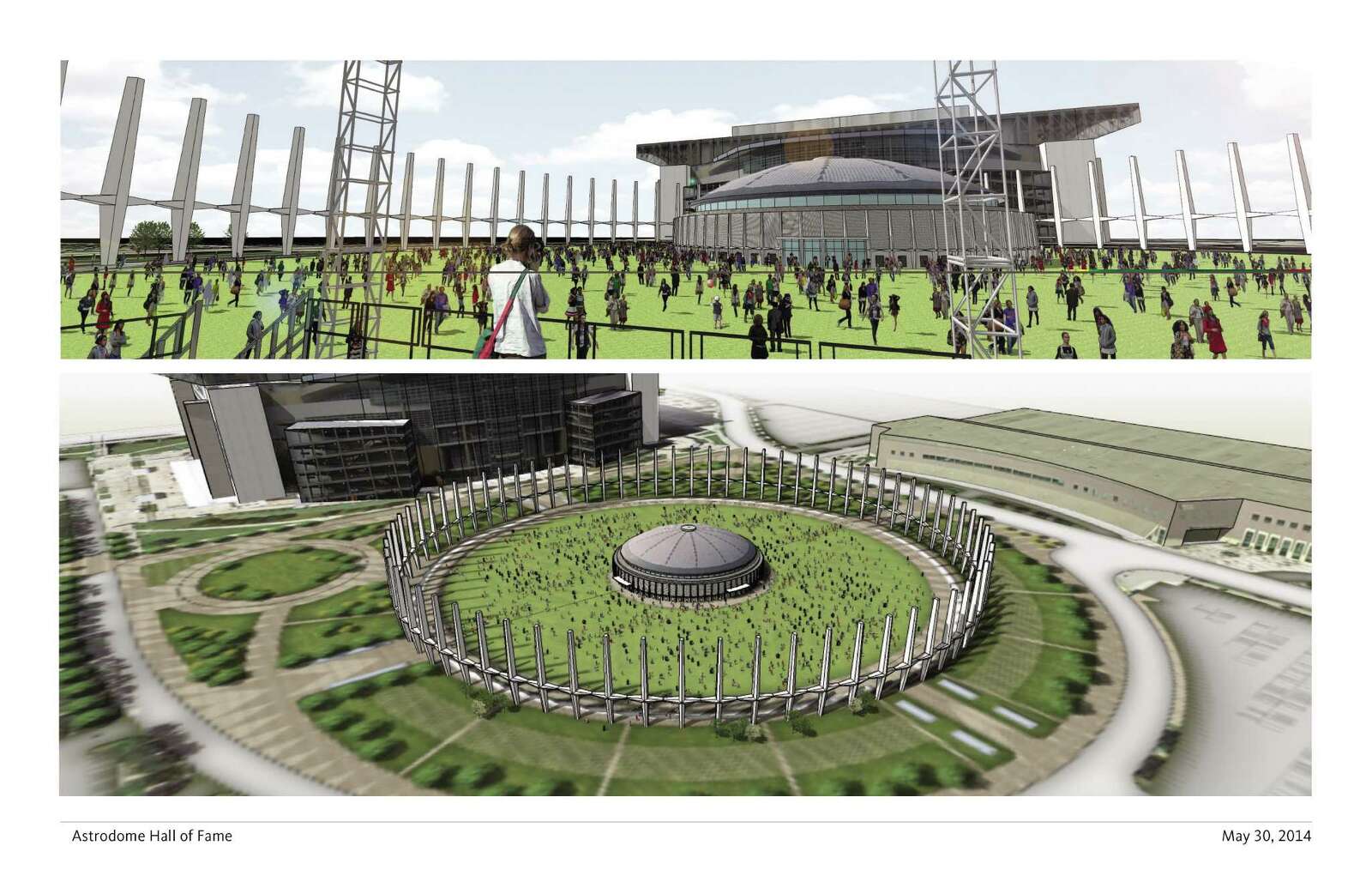Lisa Gray asks a good question about the proposal to turn the Astrodome into green space.
Could that really be a park like Discovery Green? It’s easy to imagine that green space being useful, say, for a Super Bowl party, tailgating during home games, or as an extension of the Rodeo. But outside of those occasional events, what would lure people to an out-of-the-way, surrounded-by-asphalt park? What would it take to convince them to go there seven days a week, even in July?
I asked Barry Mandel, president and park director of Discovery Green.
“What’s their goal?” Mandel said. “Is it to have a space that’s active only during events? Or do they want to draw people in, to have it be active seven days a week? Do they want it to be a catalyst for development?”
If everyday activity is a goal, Mandel says, it has to be baked into the plans from the very beginning. Discovery Green started its planning with the goal of having people come to the park — in what was then considered a very inconvenient, little-used part of downtown — every day of the year. “That was a bold idea,” says Mandel. “Planning started by getting community input. Project for Public Spaces went out to the community and asked two questions: What would it take to bring you here? And what are your concerns?”
Those planners returned with an almost comically long list of features to be packed into the small space: A lake, multiple stages, a dog run, a micro-library, a playground, a quiet garden, permanent public art, green space suitable for Frisbees or ball-throwing, and not one but two restaurants. Only then, knowing what needed to be included, did anyone draw plans.
The park’s baked-in permanent features draw an important steady stream of park visitors: Even when nothing special is going on, people believe the park is an interesting place to be.
In addition, of course, Discovery Green deploys intense “programming” — a dizzying array of events, all through the week, intended to draw people from all walks of life. Concerts. Movie nights. Yoga. Zumba. Dog shows. Temporary public-art exhibits. Kayak classes. Flea markets. Circus performers.
Those events cost money. “Since the park started, we’ve probably spent $5 million on programming,” says Mandel.
Putting this another way, Discovery Green was founded with a lot of foundation money behind it. How much money did it take to make Discovery Green happen? A lot.
The total cost to acquire the land that became Discovery Green was approximately $57 million, and the total cost to build, landscape, and complete the project was approximately $125 million.
The Astrodome Park plan carries a $66 million price tag; the Rodeo and the Texans say they’ll contribute some amount to that, but they don’t say how much. If they’re serious about this, and the invocation of Discovery Green is more than just grabbing for the easy analogy of “urban public parks created from previously unused space”, then I say show me the money. In particular, show me the private and non-profit partners in this venture and their plans for what to do with the place after it opens. I’ll still be skeptical – Discovery Green may have once been in a “very inconvenient, little-used part of downtown” – but it was still close to a lot of people in a way that Astrodome Park isn’t. What’s the plan to bring people there, and what’s the funding source to pay for it? That’s what we need to know.

